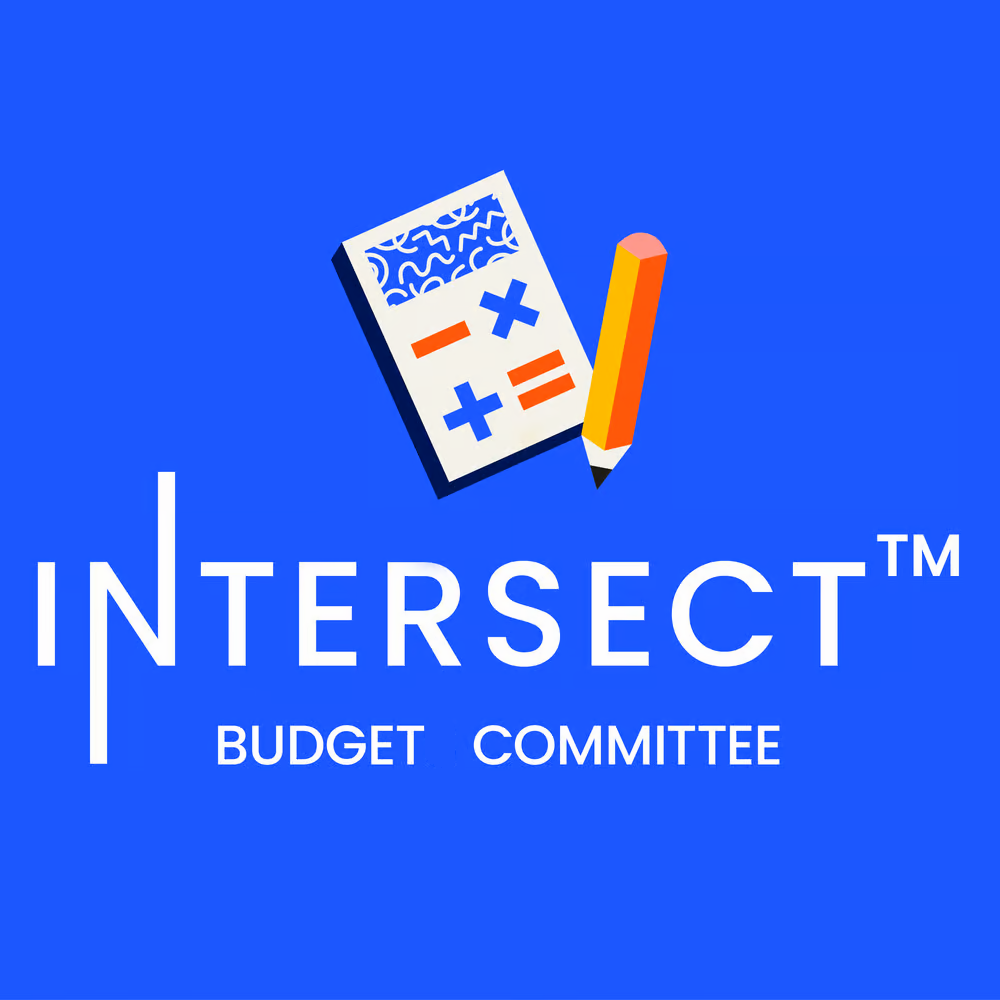Next steps with the budget process

The process for determining which proposals will be included in Intersect-submitted budget info actions involves two key steps:
- Community signaling via Ekklesia, where DReps indicate which proposals they support for funding consideration; and,
- Formal on-chain voting, where approved proposals are submitted through a budget info action and voted on by DReps. Subsequently, if approved, the next step will be to raise a Treasury Withdrawal governance action.
The first budget info action will be submitted shortly after the current Ekklesia ballot concludes on May 5 at 23:59 UTC, including all proposals that reached over 50% support in the April 26 snapshot. For proposals that did not meet the threshold in this first round, a second signaling opportunity will open in mid-May, followed by a second budget info action shortly thereafter.
This two-round signaling and voting process will conclude the 2025 budget cycle. Intersect, working with members and the broader community, will then focus on rebuilding and simplifying this process ahead of the 2026 cycle - applying what we've learned to improve clarity, usability, and trust in future budget cycles.
Why are multiple tools being used?
During the early stages of preparing for the 2025 budget process, Intersect evaluated multiple tooling options to support DReps during signaling and reconciliation. While GovTool was initially prioritized for its open APIs, an alternative interface Ekklesia was selected for this stage of the process due to its improved user experience and proposal-level polling capabilities.
We recognize that using multiple tools has deepened the complexity and the confusion in an already intricate process. This is far from ideal. As part of the lessons learned, Intersect will work with members and the community to simplify and tighten this process moving forward, ensuring a more seamless and unified experience in future cycles.
Ekklesia signaling: what it means
The current signaling process on Ekklesia (and previously on GovTool) is intended to surface early consensus among DReps and the community. This is the final temperature check to confirm which proposals have broad enough support to be included in the first budget info action on-chain. While this is not a formal vote, it plays a critical role in guiding DReps toward proposals that warrant further consideration on-chain.
Proposals and the snapshot
Only proposals that surpass 50% support in Ekklesia, based on the snapshot taken on April 26, will be eligible for inclusion in the first budget info action. The snapshot version is what DReps signaled support for and serves as the reference point for what enters the formal on-chain process.
You can review all proposals via Ekklesia here
We recognize that some proposals, including Intersect’s, have been updated following feedback from DReps. These updates are permitted prior to submission to the on-chain vote, provided they remain within the bounds of what was signaled in Ekklesia. Specifically, proposals may not exceed the values (such as requested funding) that were present in the snapshot version, even if other details have been refined or clarified.
Once proposals are submitted as part of a budget info action on-chain, they are immutable. As this current process remains only a temperature check, final approval rests with DReps through their formal vote.
From signal to on-chain decision
The budget info action represents the formal next step. Proposals included in the budget info action are presented to DReps for an on-chain vote. This is where formal approval or rejection takes place, based on the finalized content submitted for each proposal.
It is anticipated the first budget info action submitted by Intersect will be in epoch 577.
A second opportunity to qualify
If your proposal does not meet the 50% threshold by May 5, a further opportunity to socialise your proposal in a second signaling window, which will open in mid-May. A new snapshot will be taken at that point, referencing all updates made to proposals following further feedback proposers have received. Proposers can also opt to pursue other funding opportunities if they do not want to be included in the second budget info action.
Proposals that surpass 50% support during this second and final round will be included in a second budget info action later in the budget cycle.
Closing this budget cycle
This two-round signaling and voting process will mark the conclusion of the 2025 budget cycle. From there, Intersect will work closely with members and the wider community to rebuild and simplify the process ahead of 2026, applying key lessons to improve transparency, usability, and confidence in how Intersect can facilitate coordination around Cardano’s budgeting and funding decisions.